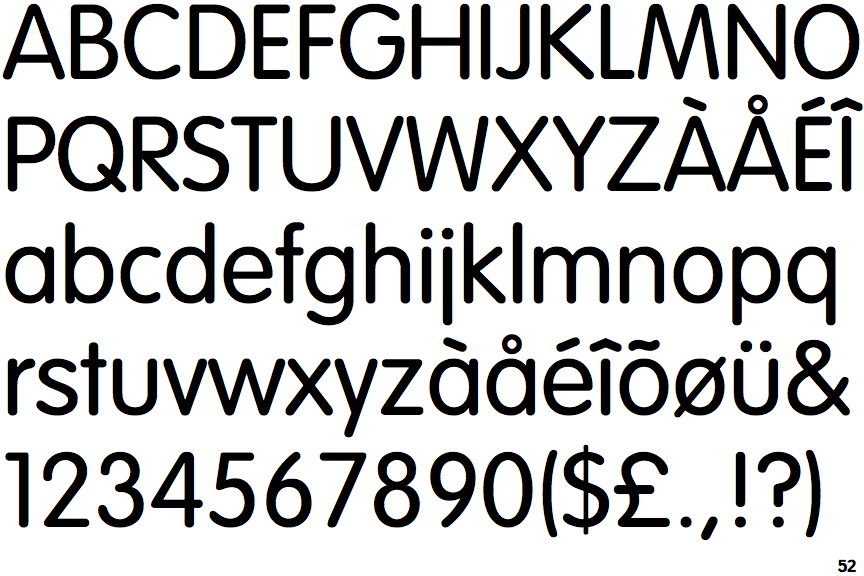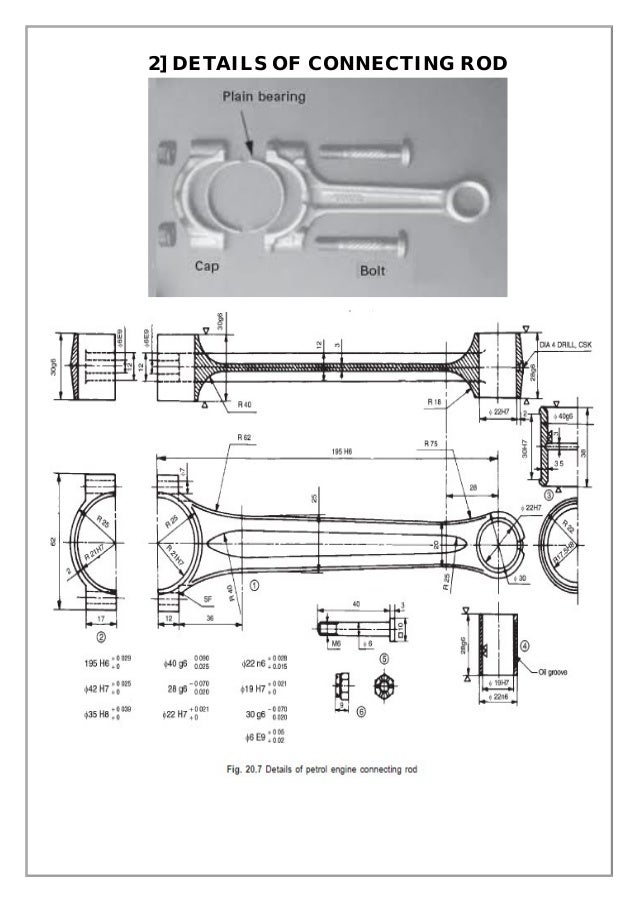

What is a Diagnostic Trouble Code (DTC)? Diagnostic trouble codes (or fault codes) are codes that are stored by the on-board computer diagnostic system. These are stored in response to a problem found in the car by the system.
These codes are stored when a sensor in the car reports a reading that is outside the normal/accepted range (Eg: fuel mixture too rich). These DTC's identify a particular problem area and are intended to provide the technician with a guide as to where a fault might be occurring within the vehicle. Codes should be used in conjunction with the vehicle's service manual to discover which systems, circuits or components should be tested to fully diagnose the fault with a or professional. Caution when Relying Only on Diagnostic Trouble Codes. Parts or components should not be replaced with reference to only a DTC. The vehicle service manual should be consulted for more information on possible causes of the fault, along with required testing. For example, if a DTC reports a sensor fault, replacement of the sensor is unlikely to resolve the underlying problem.
Free Fonts search and download. Free-fonts.com offers a searchable database of 55.000 OpenType, TrueType and PostScript Type 1 fonts from Adobe, Linotype, Monotype, URW and free fonts archives. They posed for the cameras with their arms draped round one another's shoulders, Jama looking dazed and characteristically defiant, Boden beaming at the end of what he described as a 'momentous.
The fault is most likely to be caused by the systems that the sensor is monitoring, but might even be caused by the wiring to the sensor itself. DTCs may also be triggered by faults earlier down the line. For example, a dirty MAF sensor might be causing the car to overcompensate in its fuel-trim adjustments. As a result, oxygen sensors are likely to report fuel mixture problems.
So to avoid unpredictable hazards when fixing a vehicle based on it's DTC codes -- make sure you get a reliable that'll thoroughly scan the vehicle for faults beyond traditional DTC codes. Explanation of Codes.
 Produced by, it sold better than his previous effort. The album was a personal revelation for Jay-Z as he told the stories of his difficult upbringing. After reaching a new distribution deal with in 1997, Jay-Z released his follow-up. Jay-Z later explained that the album was made during one of the worst periods of his life when he was reeling from the death of his close friend, The Notorious B.I.G. The album's glossy production stood as a contrast to his first release, and some dedicated fans felt he had 'sold out.'
Produced by, it sold better than his previous effort. The album was a personal revelation for Jay-Z as he told the stories of his difficult upbringing. After reaching a new distribution deal with in 1997, Jay-Z released his follow-up. Jay-Z later explained that the album was made during one of the worst periods of his life when he was reeling from the death of his close friend, The Notorious B.I.G. The album's glossy production stood as a contrast to his first release, and some dedicated fans felt he had 'sold out.'
This page lists 5,000+ generic and manufacturer OBD2 Diagnostic Trouble Codes. You can also access the database by downloading the ( ideal for auto mechanics).
If your vehicles code is not found on this page, then downloaded our free Windows — which also includes car manufacturer codes. TIP: This will reveal problem, cause, solution for every fault code. NOTE: If your existing OBD software or scanner is not returning helpful data, you may want to consider getting advanced OBD2 scanner like which will dig a lot deeper into your car's performance, health, chip data. Difference Between Generic & Manufacturer Specific. Code type Explanation Generic (normally P0xxx) The definition for the code is defined in the EOBD / OBD-II standard and will be the same for all manufacturers.

 Manufacturer-specific (normally P1xxx) Where manufacturers feel that a code is not available within the generic list, they can add their own codes. The definitions for these are set by the manufacturer.
Manufacturer-specific (normally P1xxx) Where manufacturers feel that a code is not available within the generic list, they can add their own codes. The definitions for these are set by the manufacturer.
In general, codes that begin with P0 are Generic codes, whereas codes that begin with P1 are manufacturer-specific. Additional code groups are however available to allow for expansion of these code lists. The full breakdown of the code groups is shown below. • P0300 Random/Multiple Cylinder Misfire Detected • P0301 Cylinder 1 Misfire Detected More details. • P0302 Cylinder 2 Misfire Detected More details. • P0303 Cylinder 3 Misfire Detected More details. • P0304 Cylinder 4 Misfire Detected More details.
- Author: admin
- Category: Category
Search
Top Articles

What is a Diagnostic Trouble Code (DTC)? Diagnostic trouble codes (or fault codes) are codes that are stored by the on-board computer diagnostic system. These are stored in response to a problem found in the car by the system.
These codes are stored when a sensor in the car reports a reading that is outside the normal/accepted range (Eg: fuel mixture too rich). These DTC's identify a particular problem area and are intended to provide the technician with a guide as to where a fault might be occurring within the vehicle. Codes should be used in conjunction with the vehicle's service manual to discover which systems, circuits or components should be tested to fully diagnose the fault with a or professional. Caution when Relying Only on Diagnostic Trouble Codes. Parts or components should not be replaced with reference to only a DTC. The vehicle service manual should be consulted for more information on possible causes of the fault, along with required testing. For example, if a DTC reports a sensor fault, replacement of the sensor is unlikely to resolve the underlying problem.
Free Fonts search and download. Free-fonts.com offers a searchable database of 55.000 OpenType, TrueType and PostScript Type 1 fonts from Adobe, Linotype, Monotype, URW and free fonts archives. They posed for the cameras with their arms draped round one another's shoulders, Jama looking dazed and characteristically defiant, Boden beaming at the end of what he described as a 'momentous.
The fault is most likely to be caused by the systems that the sensor is monitoring, but might even be caused by the wiring to the sensor itself. DTCs may also be triggered by faults earlier down the line. For example, a dirty MAF sensor might be causing the car to overcompensate in its fuel-trim adjustments. As a result, oxygen sensors are likely to report fuel mixture problems.
So to avoid unpredictable hazards when fixing a vehicle based on it's DTC codes -- make sure you get a reliable that'll thoroughly scan the vehicle for faults beyond traditional DTC codes. Explanation of Codes.
 Produced by, it sold better than his previous effort. The album was a personal revelation for Jay-Z as he told the stories of his difficult upbringing. After reaching a new distribution deal with in 1997, Jay-Z released his follow-up. Jay-Z later explained that the album was made during one of the worst periods of his life when he was reeling from the death of his close friend, The Notorious B.I.G. The album's glossy production stood as a contrast to his first release, and some dedicated fans felt he had 'sold out.'
Produced by, it sold better than his previous effort. The album was a personal revelation for Jay-Z as he told the stories of his difficult upbringing. After reaching a new distribution deal with in 1997, Jay-Z released his follow-up. Jay-Z later explained that the album was made during one of the worst periods of his life when he was reeling from the death of his close friend, The Notorious B.I.G. The album's glossy production stood as a contrast to his first release, and some dedicated fans felt he had 'sold out.'
This page lists 5,000+ generic and manufacturer OBD2 Diagnostic Trouble Codes. You can also access the database by downloading the ( ideal for auto mechanics).
If your vehicles code is not found on this page, then downloaded our free Windows — which also includes car manufacturer codes. TIP: This will reveal problem, cause, solution for every fault code. NOTE: If your existing OBD software or scanner is not returning helpful data, you may want to consider getting advanced OBD2 scanner like which will dig a lot deeper into your car's performance, health, chip data. Difference Between Generic & Manufacturer Specific. Code type Explanation Generic (normally P0xxx) The definition for the code is defined in the EOBD / OBD-II standard and will be the same for all manufacturers.

 Manufacturer-specific (normally P1xxx) Where manufacturers feel that a code is not available within the generic list, they can add their own codes. The definitions for these are set by the manufacturer.
Manufacturer-specific (normally P1xxx) Where manufacturers feel that a code is not available within the generic list, they can add their own codes. The definitions for these are set by the manufacturer.
In general, codes that begin with P0 are Generic codes, whereas codes that begin with P1 are manufacturer-specific. Additional code groups are however available to allow for expansion of these code lists. The full breakdown of the code groups is shown below. • P0300 Random/Multiple Cylinder Misfire Detected • P0301 Cylinder 1 Misfire Detected More details. • P0302 Cylinder 2 Misfire Detected More details. • P0303 Cylinder 3 Misfire Detected More details. • P0304 Cylinder 4 Misfire Detected More details.
Search
Top Articles